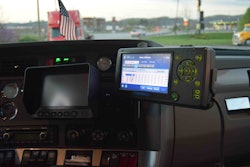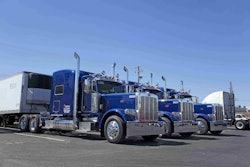
These results come from a recent CCJ survey of fleets with more than 10 power units. The survey also found the main reasons for stalling on e-logs are cost (40 percent) and loss of driver productivity (24 percent).
Some productivity loss is expected when drivers no longer use paper logs to mask inefficiencies like delays at shipping and receiving docks and traffic congestion. Even so, with real-time visibility data of drivers’ hours, fleets can regain lost ground by improving route planning and scheduling.
One of the challenges of using e-logs is being able to predict when, where and how much time drivers will have available to plan load assignments. In the past, drivers could be available as needed by creatively making time on paper.
As e-log use continues to grow, motor carriers and technology providers are coming up with ways to solve operational challenges in addition to being compliant.
Operational data
For personnel who plan routes, the planning process is complicated by the fact that routing, dispatch software and compliance applications are often separated into different programs and databases, explains Cyndi Brandt, senior director of product marketing and strategic alliances at Omnitracs.










